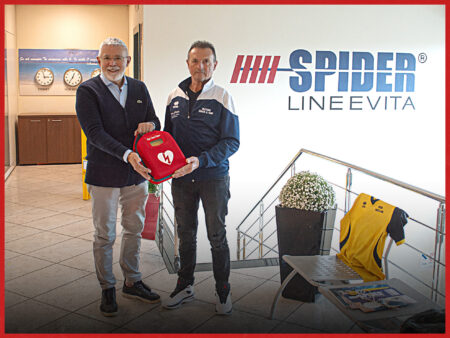Legislative Decree 81/08, as explained in many of our articles, regulates and informs also in the field of confined spaces. Since there are many risk factors, there are also many useful tools and regulations that define, regulate and describe the activity that operates in a confined environment.
“… for: ‘explosive atmosphere’ means a mixture with air, under atmospheric conditions, of flammable substances in the form of gases, vapours, mists or dusts in which, after ignition, combustion spreads throughout the unburned mixture.”
Title XI of Legislative Decree 81/08 prescribes, with regard to confined spaces, the measures for the protection of the safety and health of workers exposed to the risk of explosive atmospheres (Atex).
Article 287 of the aforementioned decree cites the fields of application of the same by regulating in fact also the fields classified as fields not subject to the Atex directives.
“2.Il this Title shall also apply in underground work where there is an area with explosive atmospheres, or it is foreseeable, on the basis of geological investigations, that such an area may form in the environment.
Once the risk analysis has been carried out, and in particular with reference to the risk of explosion and fire, as described by art. 289 of Legislative Decree 81/2008 and subsequent, the DPCE (document on explosion protection) must be drawn up and / or updated, remembering that it is an integral part of the DVR (risk assessment document).
Workplaces that present an explosion hazard are regulated, as regards the type of instrumentation to be used, Legislative Decree 85/2016 as transposition of the ATEX Directive 2014/34 / EU as well as complying with Presidential Decree 126/98.
It emerges, as described by Article 3, that the equipment conforms to the use reported in Article 1 of the same regulation if:
After carrying out the appropriate procedures for the purpose of conformity of the equipment, each product must be equipped with the EC Declaration of Conformity drawn up by the manufacturer / representative containing the following information:
The equipment must be chosen according to the provisions of the person responsible for the work, consistent with the probability and duration of the explosive atmosphere and with specific marking. The fundamental choice must be identified in the category, which is an intrinsic expression of the environment in which we operate.
Equipment category 1 includes equipment designed to operate in accordance with the operating parameters set by the manufacturer and to ensure a very high level of protection. There are two subcategories: M1 and M2
M1. Apparatus of this category is intended for underground work in mines and their surface installations exposed to the risk of firedamp and/or combustible dust.
M2. Apparatus of this category is intended for underground work in mines and their surface installations exposed to the risk of firedamp and/or combustible dust.
Appliances of this category are intended for environments in which an explosive atmosphere due to mixtures of air and gases, vapours, mists or mixtures of air and dust is detected at all times, often or for long periods.
In the marking must emerge the following data:
Sources.
DIRECTIVE 2014/34/EU OF THE EUROPEAN PARLIAMENT AND OF THE COUNCIL of 26 February 2014
Legislative Decree no. 81 of 9 April 2008Coralised text with Legislative Decree no. 106 of 3 August 2009. April 2022 – DR. ING. GIANFRANCO AMATO – DR. ING. FERNANDO OF FIORE
LEGISLATIVE DECREE 19 May 2016, n. 85
Directive 1999/92/EC of the European Parliament and of the Council of 16 December 1999
D.P.R. 23 March 1998, n. 126 G.U. n. 101 del 04/05/1998 – Regolamento recante norme per l’attuazione della Direttiva 94/9/EC;
 Agevolazioni
Agevolazioni  Events
Events